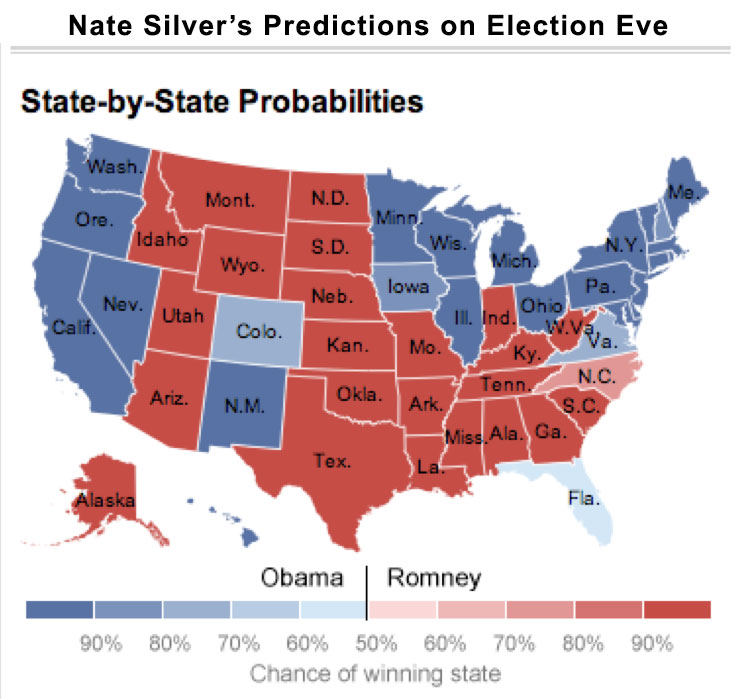
Digging Down to the Root Cause of the Trump Phenomenon
Why is Donald Trump a serious contender for winning the 2016 United States presidential election, when to the fact-based observer his policies and temperament would be ruinous to the United States and the world? Using root cause analysis, this in depth article presents a rigorous analysis of the phenomenon, and concludes that it is realistically possible to solve “the Trump phenomenon” and to restore the health of democracy. Three sample solutions for doing this are presented.
November 3, 2016 ~ Jack Harich
Rigorous analysis has only recently come to political forecasting. Before Nate Silver pioneered the technique of weighting polls for accuracy, poll based predictions were only slightly more reliable than horoscopes. In the 2000 US presidential election, the consensus, based on published forecasting models, was that Al Gore would win by as much as an 11 point landslide. Instead, Gore won the popular vote by 0.5% while George W. Bush narrowly won the electoral vote.
 Fast forward to the 2008 election. Nate Silver became an overnight sensation by correctly calling 49 out of 50 states for the presidential election, and 35 out of 35 for senate elections.
Fast forward to the 2008 election. Nate Silver became an overnight sensation by correctly calling 49 out of 50 states for the presidential election, and 35 out of 35 for senate elections.
And then in 2012 he did it again, calling it correctly in all 50 states and 31 out of 33 senate seats. Image source. “Triumph of the Nerds: Nate Silver Wins in 50 States” proclaimed a Mashable headline. Nate correctly predicted all 50 states, “when all around him political pundits pronounced the race too close to call or maddeningly inconclusive.”
Today in 2016, the nerds have won. Weighted forecasting models, based on objective statistical analysis of poll data and demographics, are the new norm. Statistical models like Nate Silver’s and The New York Time’s Upshot, released in July 2016, have replaced the guesswork and glitter of punditry with the cool reliability of nerdism.
But while analysis has come to the “WHO will win” question of political forecasting, it has not yet come to a more important question. WHY are politicians like Trump doing so well? Compared to Hillary Clinton, an objectively better qualified opponent whose policies (according to experts) would lead to a better future, WHY is Trump within a whisker of winning? And “WHY do so many Americans vote against their [own] economic and social interests?” as Thomas Frank asked in What’s the Matter with Kansas? back in 2004.
The pundits have no sound answers to WHY questions like these. On the contrary, explanations for Trump’s appeal run all over the map:
Explanations for Trump’s Appeal
1. “It's about a gut feeling that things are screwed up [like on immigration and trade], and this guy is the only person who gets it. ... The other key element to Matthews's analysis of Trump is the revulsion with elites. It's a classic ‘us’ vs. ‘them’ message. THEY think you're stupid. THEY think they're better than you. THEY think they can tell you what to think and how to act.” Source
2. “Donald Trump is a charismatic figure, and he has effectively tapped into fear. ... Trump has touched a deep vein within his following: he does not espouse new belief systems, but brings out the old and familiar anger, hatred, racism, and sexism of his base. Trump legitimates these feelings, and encourages people to express them.” Source
3. “Of all relevant variables, it’s primarily [a person’s] authoritarianism – not education or gender or income or race – that predicts support for Trump. MacWilliams defines the authoritarian attitude as one dominated by a desire for order and conformity and by a fear of change, particularly social change.” Source
4. “[Trump] speaks to a level of frustration, even despair, that some people are experiencing in this country. He regales his followers with promises that lift their spirits and provide hope for the future.” Source
So what’s missing? I feel the answer is surprisingly simple. What’s missing is the same thing that was missing before Nate Silver came along. Before Nate, there was no reliable method for analyzing the data available for election forecasts. That’s precisely where we are today when it comes to analyzing the data available for explaining WHY questions like those above. The data is there. But the method of analysis is not.
Let’s see if that can be changed, by using the same approach Nate Silver used.

























